How rapid digital transformation is spurring PR in Tier 2 & 3 markets
The global COVID-19 pandemic has significantly disrupted businesses in the last few months. Despite India entering the ‘Unlock’ phase, sales in the metros are yet to see signs of recovery, and it will take some time for brands to revive as there is a lull in purchases currently. However, rural markets and small towns seem to be showing signs of growth. Some brands are aggressively focussing on Tier 2 and Tier 3 markets, especially those in the FMCG and consumer durables categories, to stimulate demand and revive the economy.
With brands very carefully spending their budgets, there is need for an alternative channel required to generate awareness and trigger sales. Customers have less options in small towns. So, if brands are able to present a genuine and interesting pitch through well thought out PR strategies, they can win the trust of the customers. The customers in these small towns will have to be educated to make them believe in brands/products for them to buy. Which is where businesses will need a strong PR push to tell them a true and credible story and to boost consumer spendings.
Also read: #TwitterChat: How new age PR agencies are carving a robust edge in COVID-19 times
PR beyond the metros, especially in the smaller towns, has always been a challenge to most brands. Most of the clients depend on the local PR agencies and support to convey their brand message in the available media channels by just disseminating press releases. PR needs to move on from press releases and think big. It is time for PR consultants and brand custodians to think beyond the traditional press release to explore the smaller markets. While social media is making inroads to reach these markets, these vast untapped vernacular markets cannot be left behind. It is time to reinvent and look at the strong potential of PR beyond metros for the future, as going forward, smaller towns will play a significant role for brands to grow.
To deliberate on and explore the scope and role of PR in the smaller markets and how brands need to leverage PR, Adgully’s latest Webinar brought together some of the leading names in their respective markets, entrepreneurs who are changing the communications narrative in the smaller markets. Joining the discussions on August 7, 2020 were:
Udit Pathak, CEO, Media Mantra (moderator)
Shailesh Goyal, Founder Director, Simulations Public Affairs Management Services Pvt Ltd
Shalini Gupta, Innovative Marketer and PR Consultant, Owner, Secret Sauce Communications
Shishir Somani, Founder and CEO, Archer Public Relations
Hamad M.A.R. Berlashker, Founder - CEO, Tangent India
Puja Bhattacharjee, Chief Brand Strategist, Yolobus
Pathak began the conversation by asking Shailesh Goyal, Shishir Somani and Shalini Gupta, “How have brands been leveraging PR in smaller markets during these times?”
Goyal spoke about brands like Amul, who communicated with their audiences heavily, leveraging digital mediums. He noted, “WhatsApp was one of the most handy digital mediums which was and is being used.” Explaining the method of PR used, Goyal said, “We started using Audio/Visuals and bytes from the MDs and Chairman of the company on social media and WhatsApp. The messaging put across was simple and subtle and it did help. It addressed the stress in the minds of the consumers and we gave people the confidence that the pandemic won’t affect the supply in milk. With other essential products, the situation was similar. People thought the availability of such products was doubtful during the lockdown. The idea was to reach out to the consumers and address the logistic problems and let the people know about the bulk supplies available and encourage them to come together in support during these times.”
He further said, “We cannot rely on traditional PR methods during times like this.”
Giving his point of view, Somani said, “Except for the initial 8-10 days, there was a panic. We were all wondering how things would be in the long run. However, within the first two weeks, things started moving to the normal pattern. Newspaper started to come back into circulation in many cities and we’re seeing the coverage appear again.”
He added, “These have been extremely tough times and the shift to digital has happened. WhatsApp and Facebook have become major saviours in terms of information flow.”
Giving her opinion from a client perspective, as until recently she was a part of the INOX team, Gupta said, “We were hit by the pandemic all of a sudden and nobody knew what to do. Malls and multiplexes had shut down. We immediately resorted as a communication team within the organisation to create an emergency task force, because this wasn’t just about the customers, but also the internal audience, partners and others. There was a whole lot of communication required. On the internal side, we worked largely on collating a lot of additional information and reassuring the teams on the front end. On the external side, we started gathering a lot of international knowledge on this subject and what the other brands are doing, especially in our sector. We tried looking at other ways of creating business during these times. Empathy and creating trust and reassurance is the way that we followed via digital platforms. In the entertainment sphere, we kept the overall sentiment of the people in mind with clarity.”
Pathak then sought to know about the changes in consumer behavioural in the North East markets from Hamad M.A.R Berlashker. Berlashker responded by saying, “In our markets, while we saw newspapers disappear for a short time, they soon came back into circulation. However, what we noticed was that the number of pages were decreasing, which, in turn, resulted in the number of ads being reduced. When we look at the consumer behaviour accordingly, since the lockdown, apart from the essential goods, overall sales have obviously reduced. However, when online websites and E-commerce services restarted, people started buying from these online platforms. We also noticed that regular outlets that didn’t have home delivery available, there were a lot of local delivery services springing around.”
He further said, “When it comes to brand communication, it has been a mixed response depending on brand to brand. Many brands have been energetic in adapting to newer technologies and leveraging social media to communicate with the audiences. They have also used tools to showcase their humane side and create awareness on safety. During the Assam floods, many brands focused on bringing relief to the people.”
Pathak then went on to ask Puja Bhattacharjee about what has changed from the perspective of her brand as she is now building a start-up brand.
Bhattacharjee replied, “The blurring of lines between the aspirations of the people in Tier 1, 2 and 3 cities isn’t a secret anymore. That is why both established and start-up brands are looking at the ‘Bharat’ consumer. We’ve really come to an inside-out kind of strategy. At YoloBus, we’ve been an constant customer obsessed brand. We’ve witnessed drastic behavioural changes. Passengers had accepted the dilapidated condition of buses as normal and something they have to live with, but our mission has been to change that. Today, the new normal in buses includes washrooms, safety kits, on time travel and in that aspect I don’t think there has been any difference in expectations when it comes to tiers. We as a brand are adopting very unorthodox methods, which are showing results, for example, we are partnering with local auto and bus shelters and also making our own shelters where people can have clean and safe place for refreshments. Especially now, safety has become as extremely important expectation when it comes to travel.”
Catch the complete conversation here: https://youtu.be/KBeo_aszGV0
Follow Adgully on Twitter and YouTube for updates on our weekly webinars.


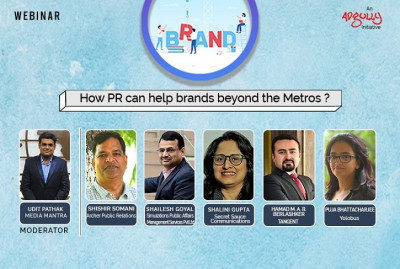
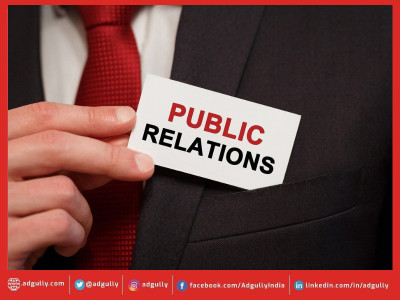


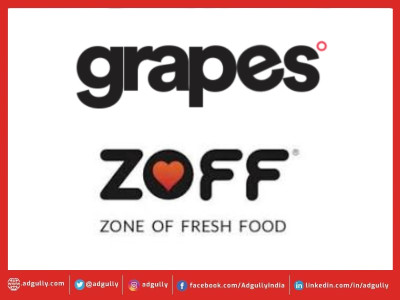

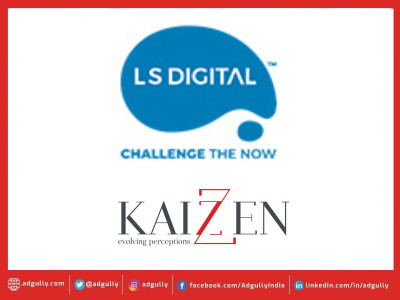



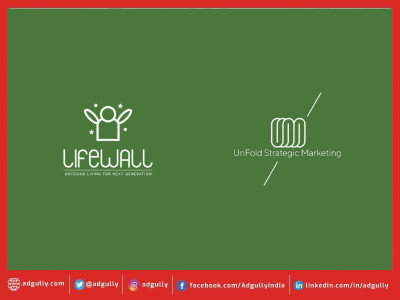
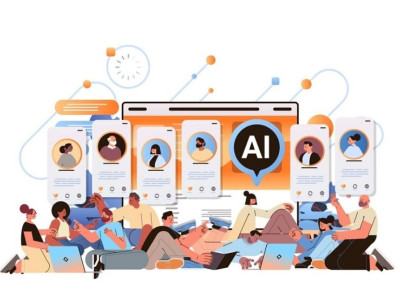



Share
Facebook
YouTube
Tweet
Twitter
LinkedIn